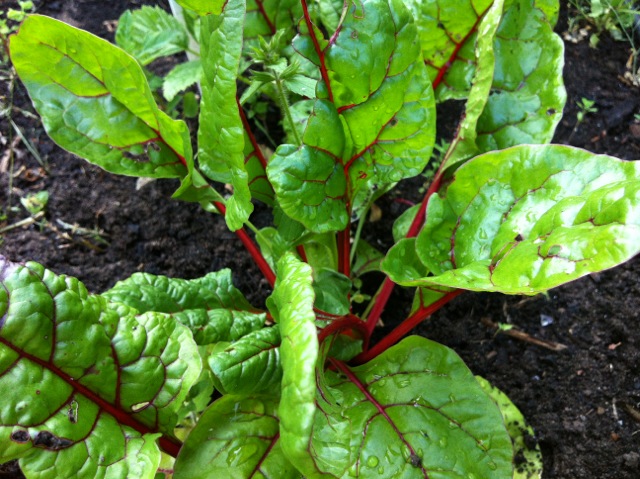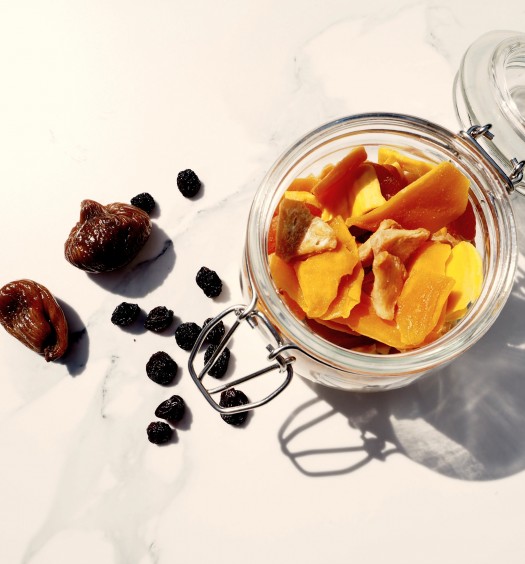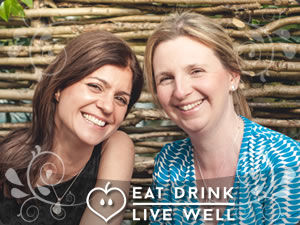Despite the obvious advantage of natural farming practises to the soil and wildlife, I often find myself in heated discussions about organic food facing two main arguments: It’s no different and it’s too expensive.
To me, the key difference in organic food is about what is doesn’t contain. I’m not just talking about agricultural chemicals such as fertilisers, pesticides and herbicides. Organic principles also prohibit artificial preservatives, colours, sweeteners, flavour enhancers (such as MSG), hydrogenated fats and processing aids. There is only food in organic food.
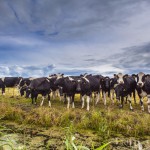 Organic animals aren’t routinely given drugs – their farming standards prohibit the use of antibiotics, growth hormones and genetically modified vaccines. There’s a continual stream of studies associating hormone-laced meat and dairy products with increased rates of certain cancers and hormonal problems. On top of that, it’s estimated that 80 percent of antibiotics are used on animals we eat. This is being blamed for the rise in superbugs. Personally I don’t want to be drinking a hot chocolate full of antibiotics or contributing to the global crisis the bugs are causing.
Organic animals aren’t routinely given drugs – their farming standards prohibit the use of antibiotics, growth hormones and genetically modified vaccines. There’s a continual stream of studies associating hormone-laced meat and dairy products with increased rates of certain cancers and hormonal problems. On top of that, it’s estimated that 80 percent of antibiotics are used on animals we eat. This is being blamed for the rise in superbugs. Personally I don’t want to be drinking a hot chocolate full of antibiotics or contributing to the global crisis the bugs are causing.
We’re led to believe there’s nothing to worry about as levels of chemicals are below government safety guidelines. But no one knows what repeated levels of these chemicals have over time and no one has looked at the ‘cocktail’ effect. The safety of a chemical in isolation has no relevance to the combined effect of many different chemicals used in agriculture – 300 pesticides can be used at any one time. I just don’t want to be involved in this game of chemical roulette.
Babies and children are especially at risk as their systems are developing. An interesting study showed that within five days of switching to a mostly organic diet, pesticides disappeared from children’s urine. I’d especially watch out for cereals – grains have a large surface area so receive lots of spray. The concern is that large amounts of chemicals can be found in leading brands of cereals. And in a recent study 96 percent of flours tested contained pesticides.
Health benefits
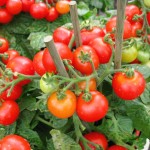 Organic foods can contain on average 25 percent more nutrients that their non-organic counterparts. Why is there such a difference in nutrient content? Well, statistics indicate that levels of nutrients in non-organic fruit and vegetables fell by up to 76 percent between 1940 and 1991. This is mostly due to intensive farming on nutrient-depleted soils. If minerals aren’t there in the first place, they won’t be in the produce or animals reared on that soil. To an organic farmer the health of the soil is paramount to a good crop.
Organic foods can contain on average 25 percent more nutrients that their non-organic counterparts. Why is there such a difference in nutrient content? Well, statistics indicate that levels of nutrients in non-organic fruit and vegetables fell by up to 76 percent between 1940 and 1991. This is mostly due to intensive farming on nutrient-depleted soils. If minerals aren’t there in the first place, they won’t be in the produce or animals reared on that soil. To an organic farmer the health of the soil is paramount to a good crop.
 In 2009 there was a public backlash when a review was published claiming there wasn’t much difference in nutrients between organic and non-organic foods. This is a classic example of the media jumping on a sensational story. Closer inspection of the review reveals a number of oddities that skew the results and render them meaningless.
In 2009 there was a public backlash when a review was published claiming there wasn’t much difference in nutrients between organic and non-organic foods. This is a classic example of the media jumping on a sensational story. Closer inspection of the review reveals a number of oddities that skew the results and render them meaningless.
I’m not going to go into scientific detail here, but suffice it to say that the review had a cut off date so didn’t include over 15 studies which clearly demonstrated increased nutrients (in some cases over 40%) in organic food. These would have changed the outcome of the report. It also included studies dating back to the 1950s, where analysis methods were unsophisticated and the soil composition entirely different. This cannot reflect honest evaluation.
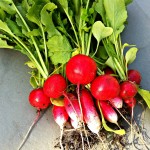 Subsequent research demonstrates that organic foods do indeed have more nutrients than conventional foods. Studies using data from the past are missing the point. The dramatically declining nutrient level in the past few decades has led to a situation whereby the soil is depleted and cannot yield sufficient produce without chemical interference.
Subsequent research demonstrates that organic foods do indeed have more nutrients than conventional foods. Studies using data from the past are missing the point. The dramatically declining nutrient level in the past few decades has led to a situation whereby the soil is depleted and cannot yield sufficient produce without chemical interference.
The cost issue
Organic food is more expensive. Government subsidies given to industrialised food farming and organic agricultural methods are the main reasons for this. My argument is that not only are you getting more nutrients, organic produce also contains over 20 percent more dry matter (meaning more actual food than water). Non-organic food shrinks more on cooking due to its higher water content. In other words, if you have two carrots of the same size, the organic carrot has more actual carrot.
Not everything I eat is organic. It’s important to remember that the route to good health is eating more fresh fruit and vegetables regardless of their origin. A conventionally grown blueberry is far healthier than no blueberries at all. But I do try to avoid the most heavily contaminated foods. The Environmental Working Group (EWG) has a great guide to which foods these are – really helpful if on a limited budget. Another strategy is to buy the organic versions of the foods you eat most to reduce your chemical load. Growing your own is another option.
The EWG dirty dozen
Apples, Peaches, Cucumbers, Strawberries, Spinach, Potatoes, Grapes, Sweet peppers, Cherry tomatoes, Celery, Nectarines, Hot peppers
The EWG clean fifteen
Sweet corn, Frozen peas, Kiwi, Onions, Papayas, Grapefruit, Pineapples, Mangoes, Cantaloupe, Avocados, Asparagus, Sweet potatoes, Cabbage, Aubergine, Mushrooms
The more people that buy organic the more the industry will thrive, pushing prices down. Organic food may be more expensive but we simply don’t know the health cost of consuming industrialised foods.
We hope you found this article helpful. Let us know how you get on in the comments below or on our facebook page and don’t forget to sign up to our newsletter to receive more recipes, nutrition tips and expert advice.

